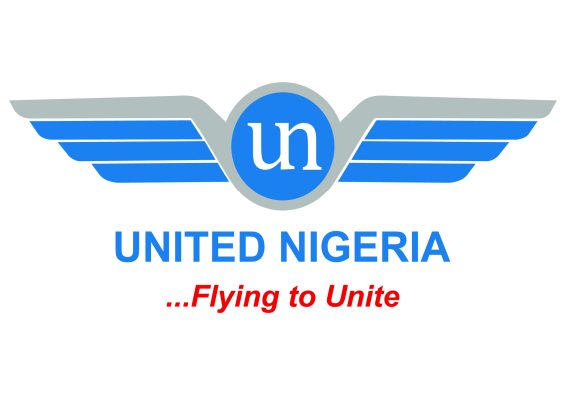How FG’s intervention in Arik, Aero saved over 3, 000 jobs- Sirika

Chukwuemeke Iwelunmo
Minister of Aviation, Hadi Sirika was delighted to see that the federal; government interventions in Arik and Aero Contractors yielded a positive result, as more than 3,000 jobs were saved in the aviation sector. The minister expressed happiness with the present state of Arik and Aero Contractors, as the intervention by the Federal Government to rescue the two carriers helped to save what he said would have been catastrophic to the aviation. Sirika, who disclosed this on Thursday, said that the quick intervention of the government to help the two airlines helped to save the dearth of more aviation professionals, even as both airlines are today still in operation, under receivership. He noted that the Assets Management Corporation of Nigeria (AMCON) took over the management of Arik in February 2017 following a huge debt profile to AMCON and other creditors around the globe, a development in the aviation industry that saved the collapse of yet another airline as well as thousands of jobs in the country. According to him, intervention to rescue Arik Air and Aero Contractors from total collapse is another was the best decision we took. Failure to do that would have led to the demise of the two airlines and cause huge loss of about 3, 000 jobs of professionals in the sector. The two airlines are today still in operation, under receivership. “I think other operators should understudy whatever model AMCON used to revive the two very important airlines because without them these two critical airlines would have become history like many others before them”, he noted. Arik, before it was taken over by AMCON, was in a precarious situation largely attributable to its heavy financial debt burden, bad corporate governance, erratic operational challenges and other issues, that required immediate intervention in order to guarantee the continued survival of the Airline. Aero Contractors airlines, like Arik, is also under the receivership of AMCON and made history by conducting the first C-check on a Boeing B373. It also recently extended its maintenance hangar so that it could effectively take in a Boeing 737 aircraft and it is partnering with AJ Walters of the United Kingdom for tooling and spares, the South Africa Airways Technical and other international maintenance organisations to ensure that its aircraft maintenance facility is in line with global standards. To make the airspace safer, the Minister disclosed that the Federal Government through the Nigerian Airspace Management Agency (NAMA) completed the Kano Tower Automated Air Traffic Management and Meteorological Systems, installed the Instrument Landing Systems (ILS) Category II (CAT II), Doppler VORs (DVORs), Distance Measuring Equipment (DMEs) at four airports; Lagos, Kano, Port Harcourt and Kaduna completed, while that of Minna, Jos, Yola, Maiduguri, Benin and Akure are still on-going and nearing completion. His words, “You will also recall that almost two years ago, the Nigerian Airspace Management Agency (NAMA) Installed CAT III Instrument Landing System in Lagos and Abuja, which has helped in a great deal to improve operations during inclement weather conditions. Also, we have installed the Very High Frequency (VHF) radios for aerodrome and approach air-ground communication in 18 airports nationwide. The airports are Maiduguri, Enugu, Jos, Calabar, Yola, Ilorin, Sokoto, Lagos, Kano, Abuja, Port Harcourt, Ibadan, Zaria, Katsina, Owerri, Yola, Calabar and Kaduna”. Besides, we have installed the high power Very High Frequency (VHF) stand-alone radios in Lagos and Kano Area Control Centres (ACC) as backup for air-ground upper airways voice communication and we also embarked on the deployment of Controller-Pilot-Data Link Communication (CPDLC) in Lagos and Kano to enhance communication in the oceanic region and the remote areas of the north. He further stated that the commencement of Aeronautical Information Management Automation Project, which comprises a network of 26 VSAT facilities at all Nigerian airports as well as Search and Rescue (S&R), with coordination, is domiciled in Lagos. This, he said will enable Nigeria to comply with the mandatory transition from Aeronautical Information Service (AIS) to Aeronautical Information Management (AIM), stressing that they have also developed and published Performance-Based Navigation (PBN) Procedures for 18 airports across the country and also introduced Standard Instrument Departures (SIDs) and Standard Arrival Routes(STARs) at Lagos, Abuja, Kano and Port Harcourt as an improvement on the procedures.





